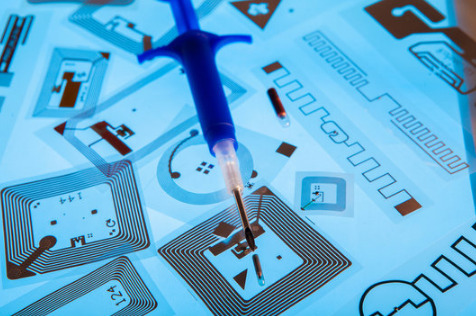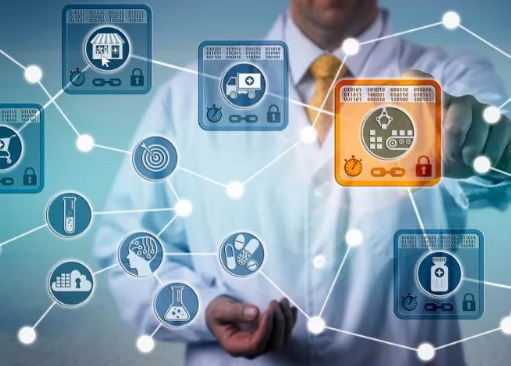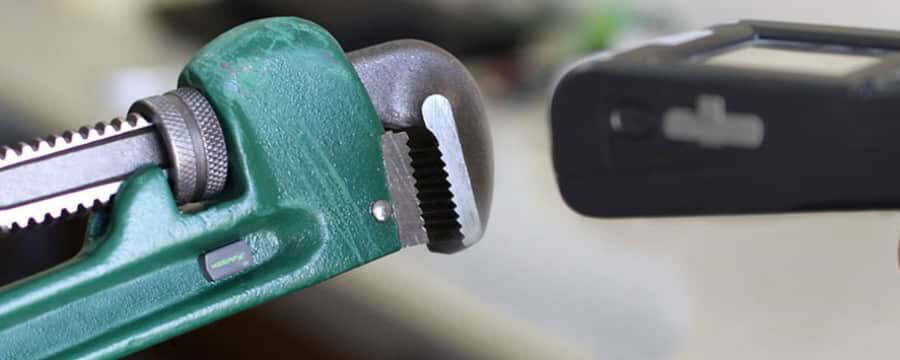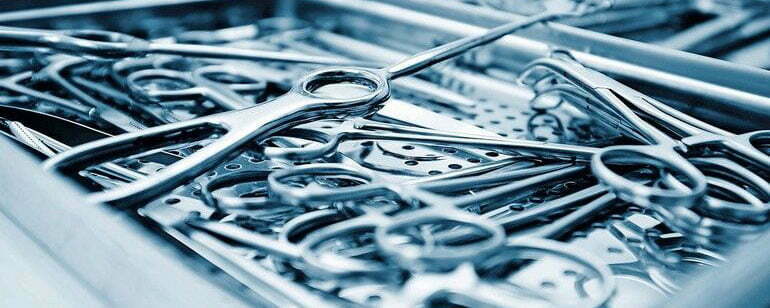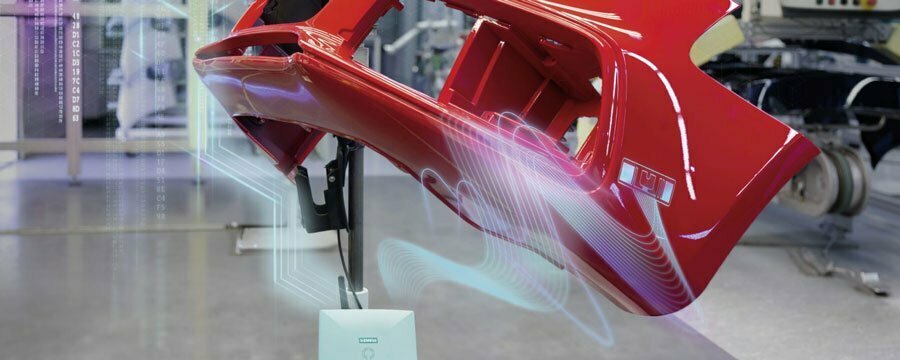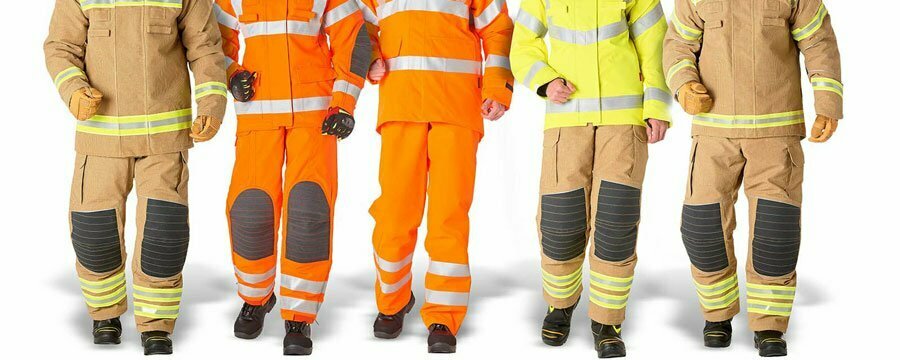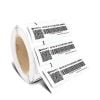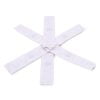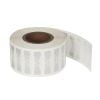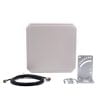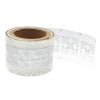With the continuous advancement of science and technology, RFID technology is more and more widely used in the field of medical equipment. As an efficient automatic identification technology, RFID technology can effectively improve the management efficiency and safety of medical devices. This article will introduce the application and advantages of RFID technology in the field of medical devices.
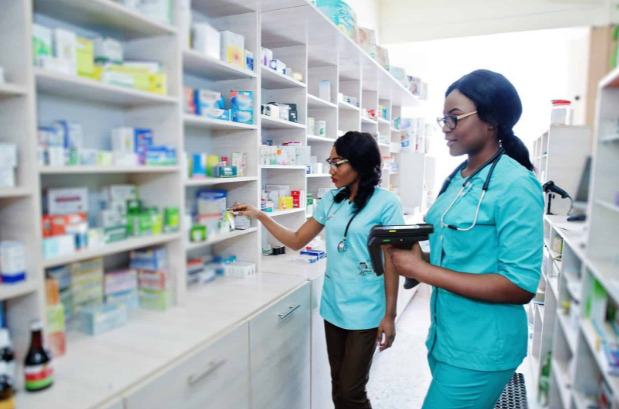
medical equipment 2
First, the principle and characteristics of RFID technology
RFID technology refers to the technology that uses radio waves to automatically identify target objects. It realizes automatic identification and data exchange of target objects by combining RFID chips and readers. RFID technology is efficient, fast, and accurate, and can effectively improve the management efficiency and safety of medical devices.
Second, the application of RFID technology in the field of medical equipment
- Automatic identification and tracking of medical devices
By installing RFID chips on medical devices, automatic identification and tracking of medical devices can be realized. Hospitals can use RFID technology to monitor and manage medical devices in real time to improve the efficiency and safety of medical devices.
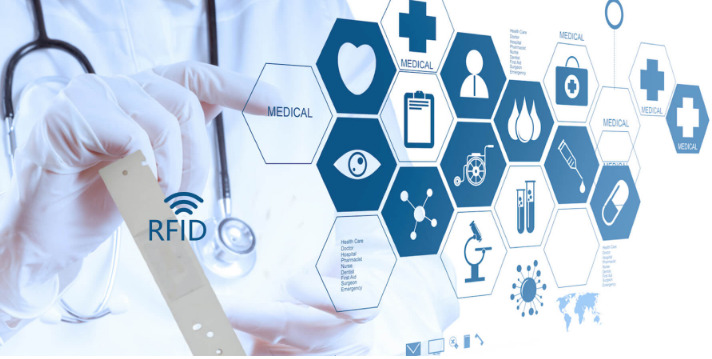
medical equipment 3
- Inventory management of medical devices
RFID technology can realize real-time monitoring and management of medical equipment inventory in hospitals, avoid too much or too little medical equipment, and improve the utilization rate of medical equipment inventory.
- Disinfection management of medical devices
By installing RFID chips on medical devices, the disinfection management of medical devices can be realized. Hospitals can monitor and manage the disinfection of medical devices in real time through RFID technology to avoid the risk of contamination and cross-infection of medical devices.
- Monitoring of the use of medical devices
RFID technology can realize real-time monitoring and management of the use of medical devices, including the number of times, time, and location of use of medical devices. Hospitals can make reasonable allocations of medical devices based on the monitoring results.

